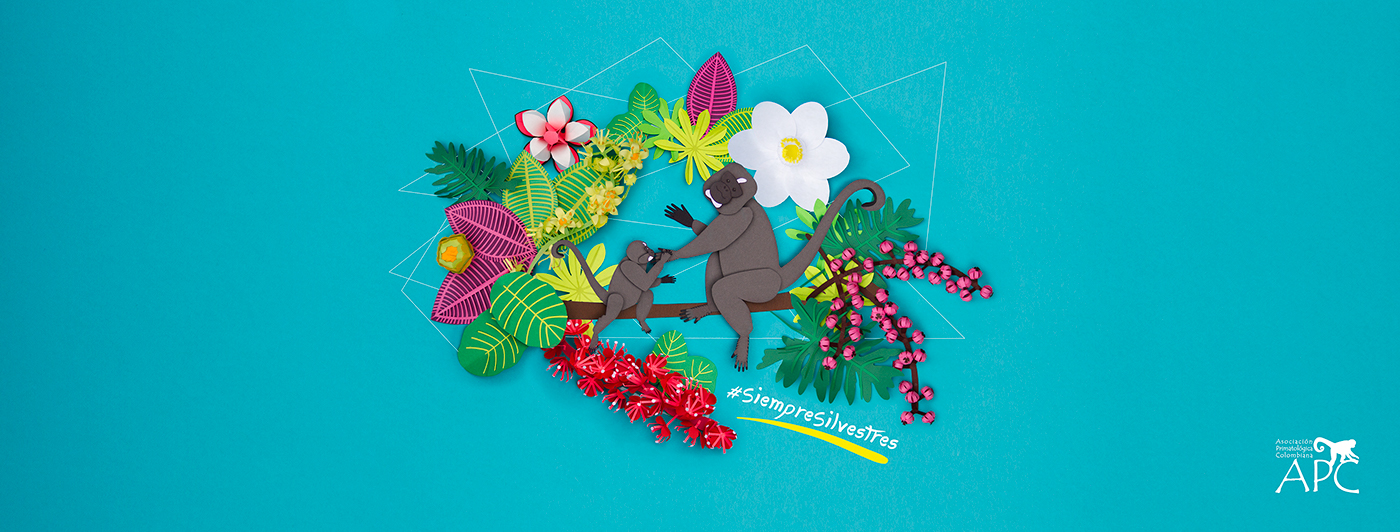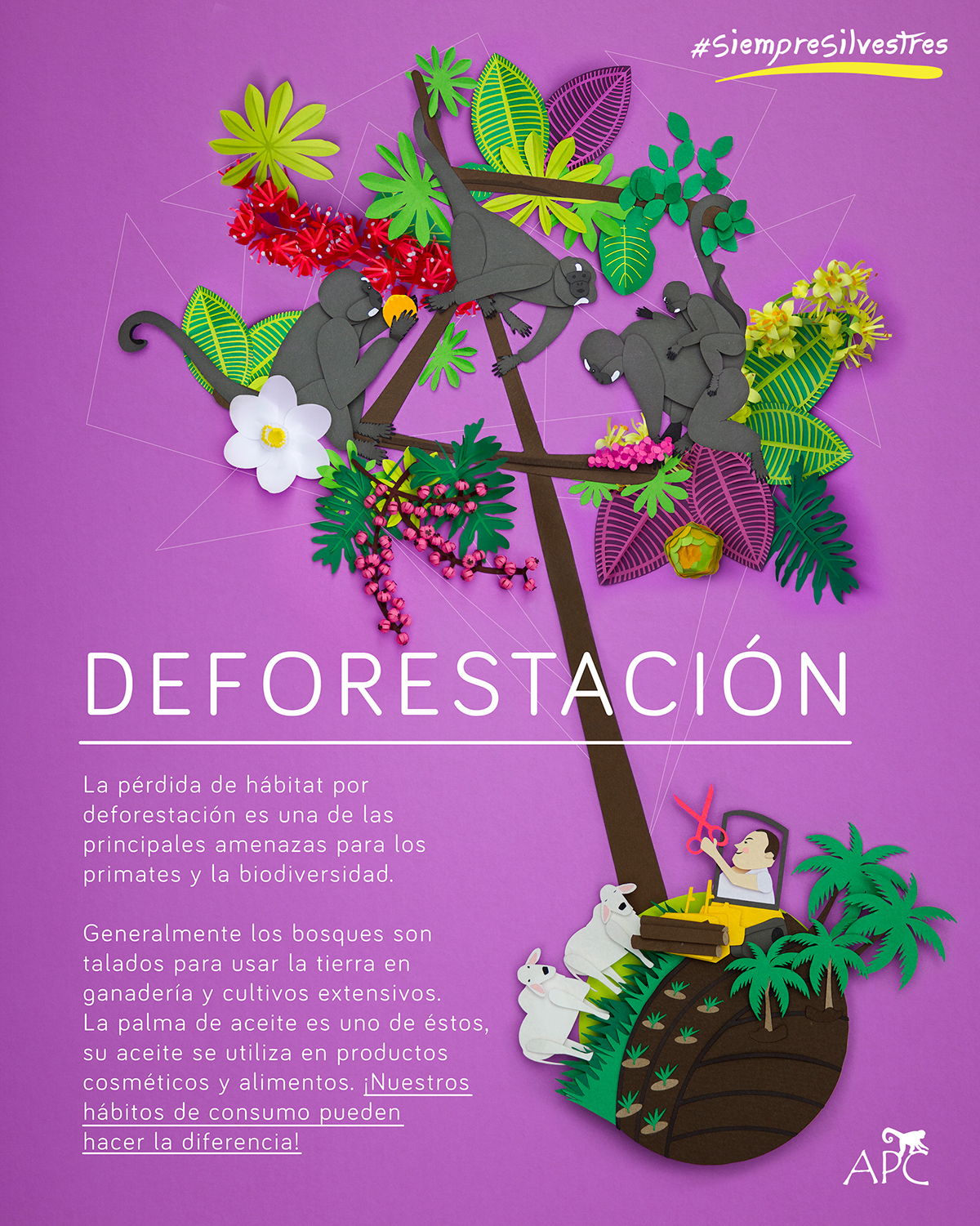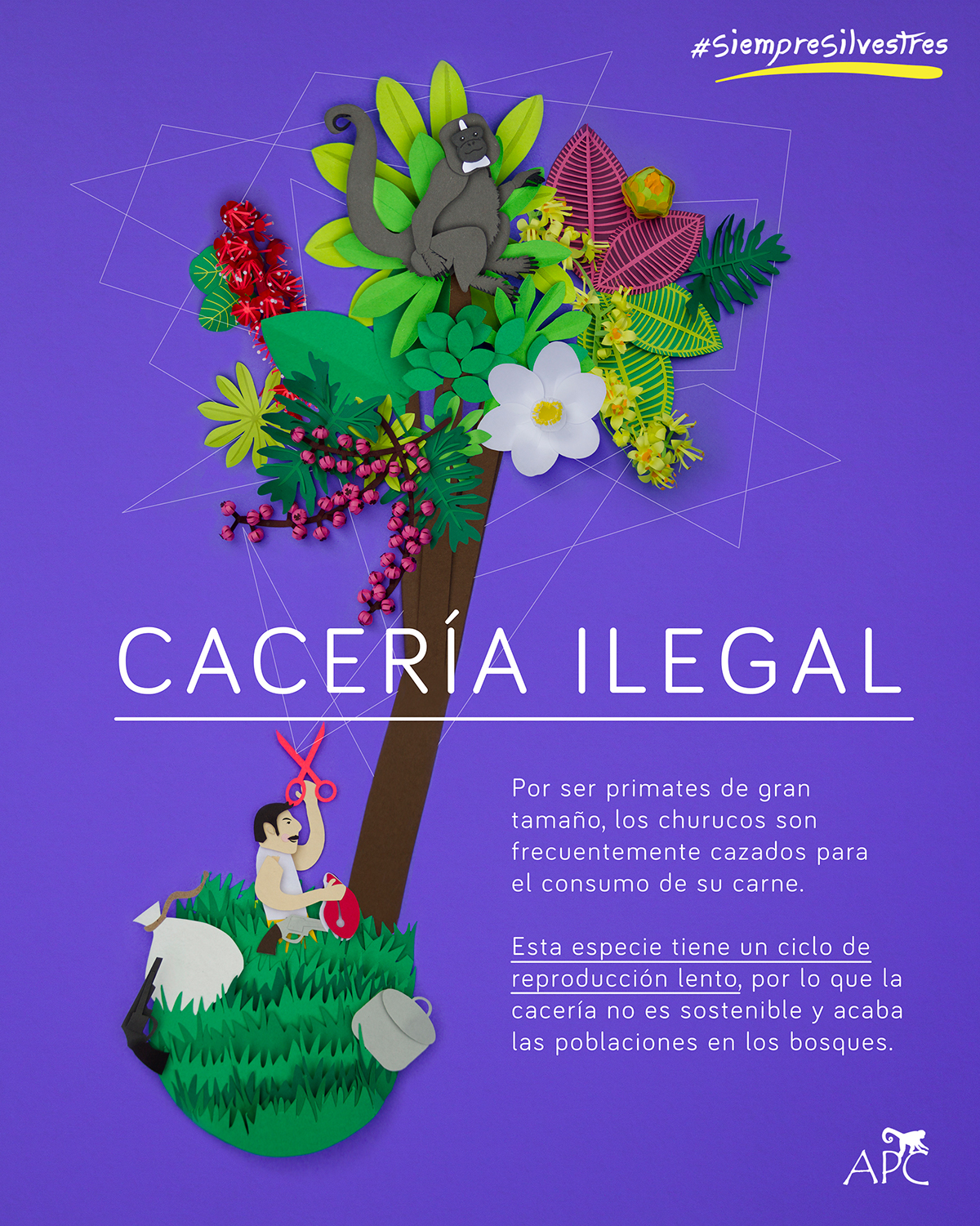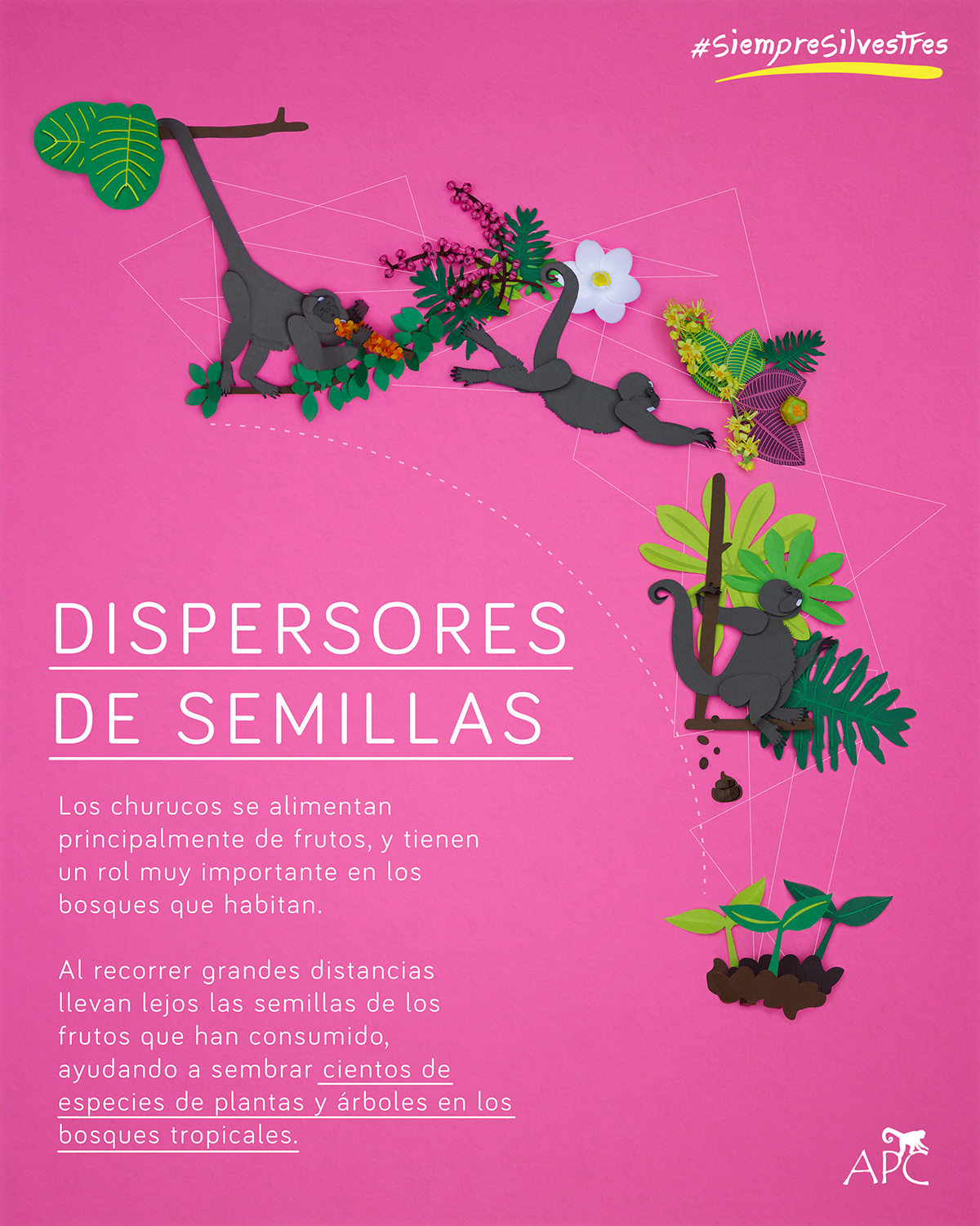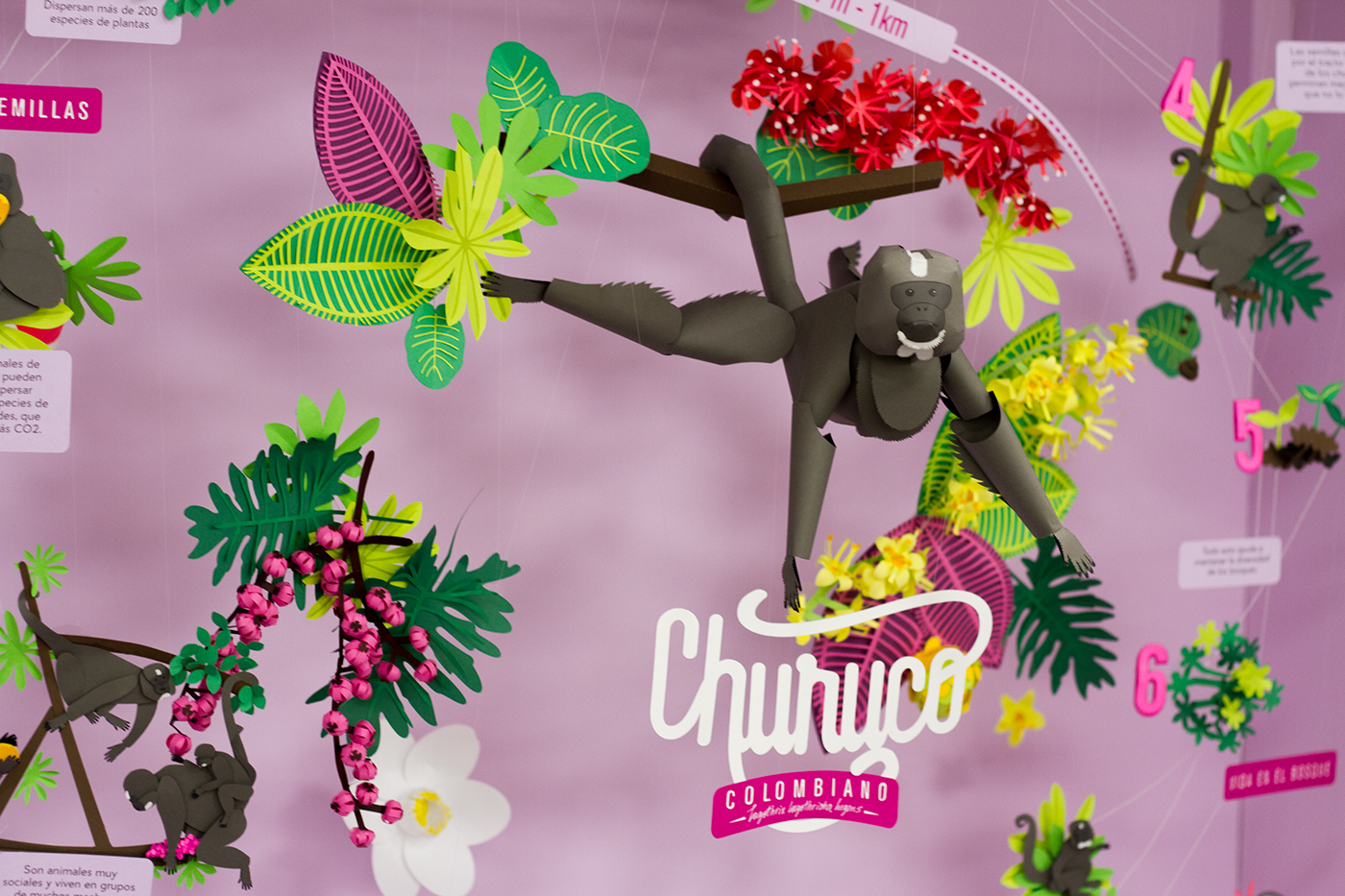

As designers, we have the ability to include a fun factor in topics that are usually difficult to explain. By using a rich visual language and a fragile medium (paper), the project seeks to produce awe with the complexity and beauty of nature. It also attempts to demonstrate that there is a lot of potential in opening interdisciplinary spaces, and that conservation of biodiversity should not be an isolated effort of the scientific community.
In this project I worked in conjunction with the ‘Asociación Primatológica Colombiana’, designing a communication strategy to expand the circles in which the messages from the association are presented. In the project design is approached as is as a method and a tool to create a dialogue between the scientific community and multiple audiences. The main focus of the project is to use the arts to promote conservation, diversifying and enriching the language currently used.
In this project I worked in conjunction with the ‘Asociación Primatológica Colombiana’, designing a communication strategy to expand the circles in which the messages from the association are presented. In the project design is approached as is as a method and a tool to create a dialogue between the scientific community and multiple audiences. The main focus of the project is to use the arts to promote conservation, diversifying and enriching the language currently used.
Colombia is a megadiverse country, and too often we are not aware of the amazing biodiversity we have. Lack of understanding on issues related to biodiversity is one of the main barriers for its conservation. Ecosystems are complex universes, formed by a fragile network of connections, which breaks when an individual is withdrawn from its habitat.


Colombian Woolly monkey - Lagothrix lagothrica lugens


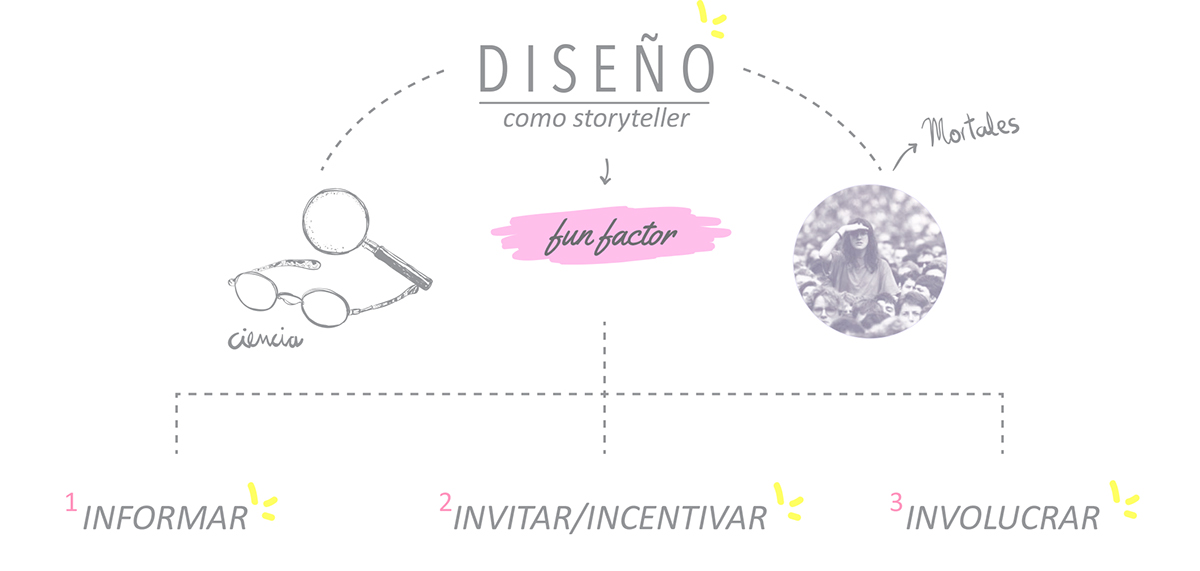


Did you know most primates are very good at dispersing seeds? This is a very important ecological role, and most people are not aware of it. Woolly monkeys are great dispersal agents, they can swallow large seeds and disperse them through the forests. These seeds would eventually turn into large trees that can capture more CO2 from the atmosphere. In the main piece of the strategy this was the message to highlight.
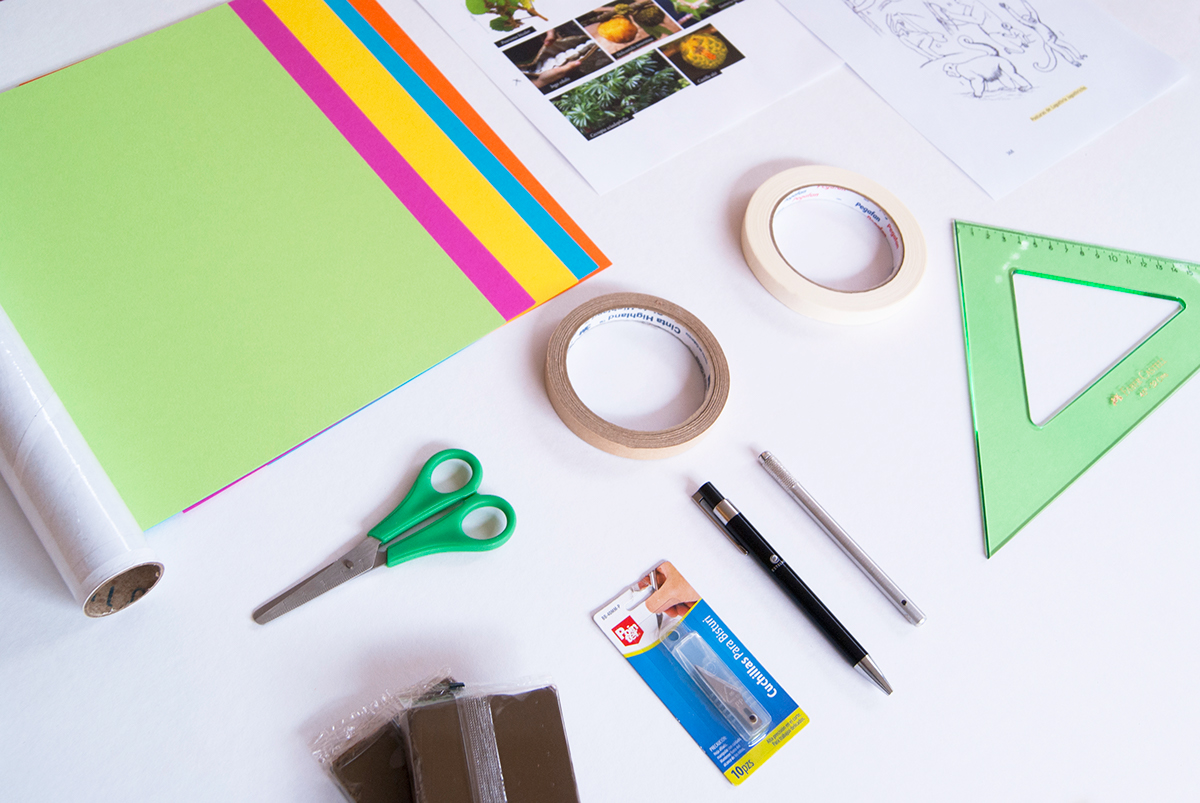
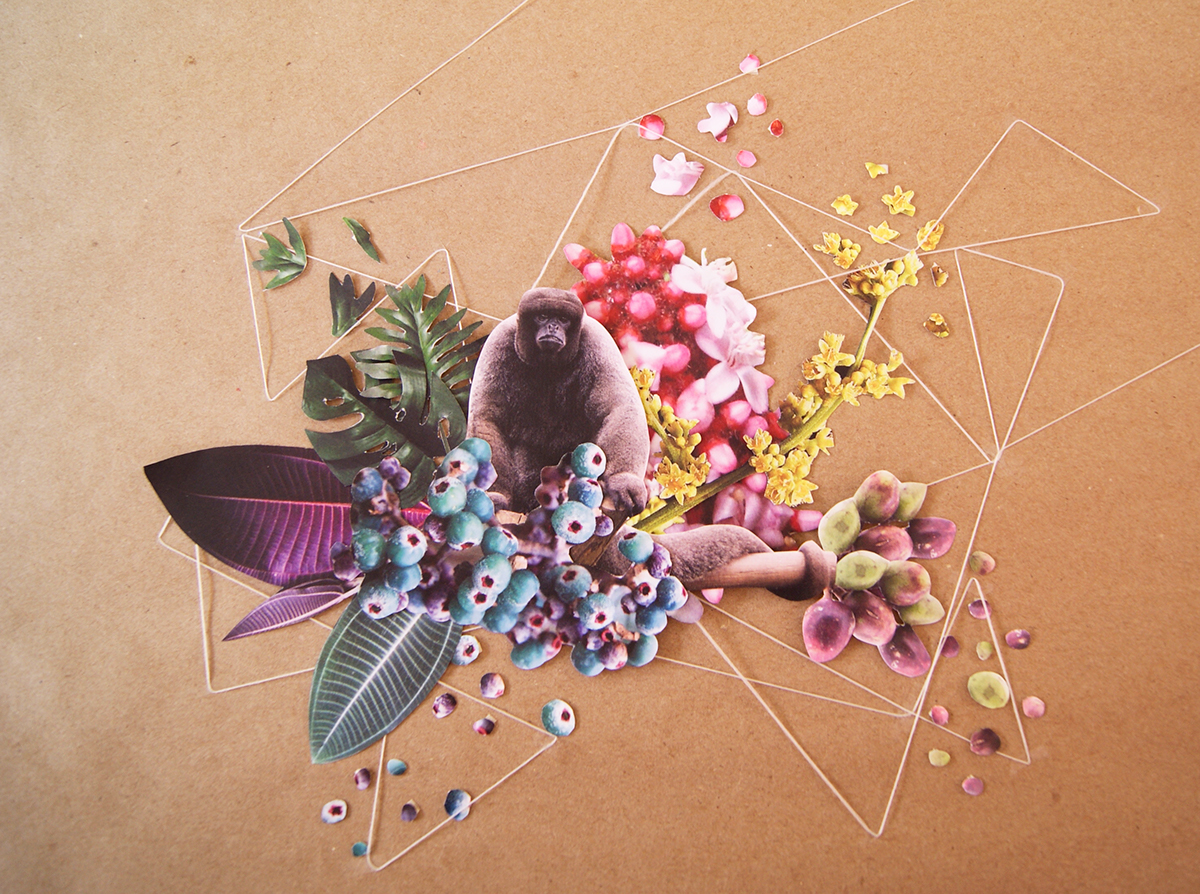
Sketching. Woolly monkeys disperse seeds of hundreds of plant species. Ecosystems are universes full of interactions that build up a fragile network.


Modelling of the species.

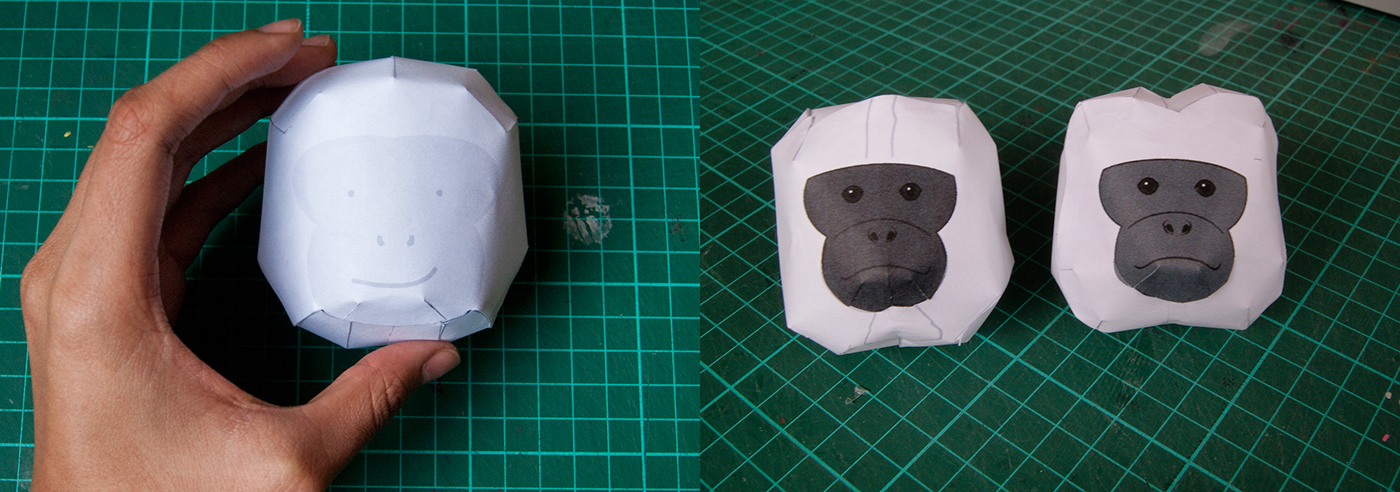
Prototyping. It was very important that the model specifically illustrated the Colombian Woolly monkey. We had meetings with some primatologists from the APC to make sure the model highlighted special characteristics of the species, such as the head shape, the prehensile tail, and body proportions.




Woolly monkey's diet is mainly composed of fruits, but they can also eat leaves, seeds, flowers, nectar, and insects. I chose a few of the hundreds of species that make up their diet, in order to illustrate the context and surround it with visual richness.
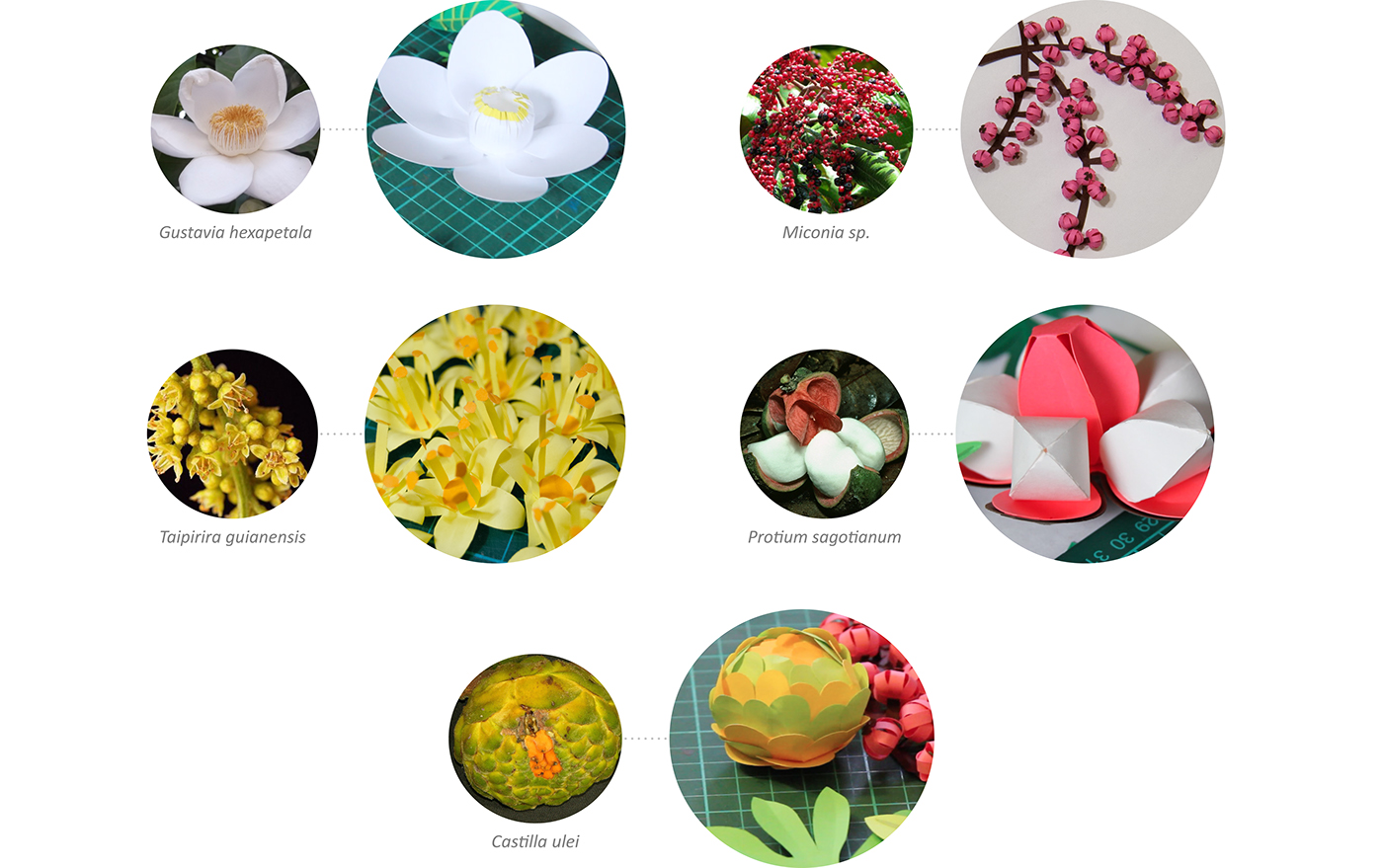
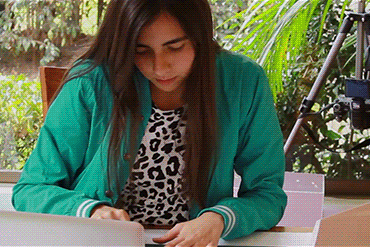
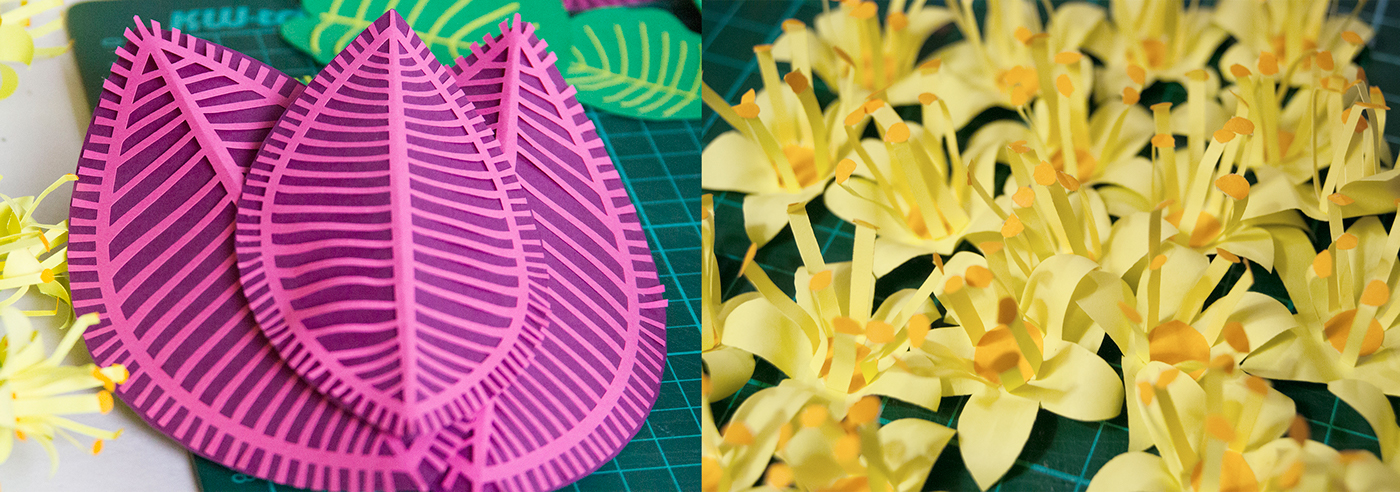
Miconia sp. leaves and Taipirira guianensis flowers.
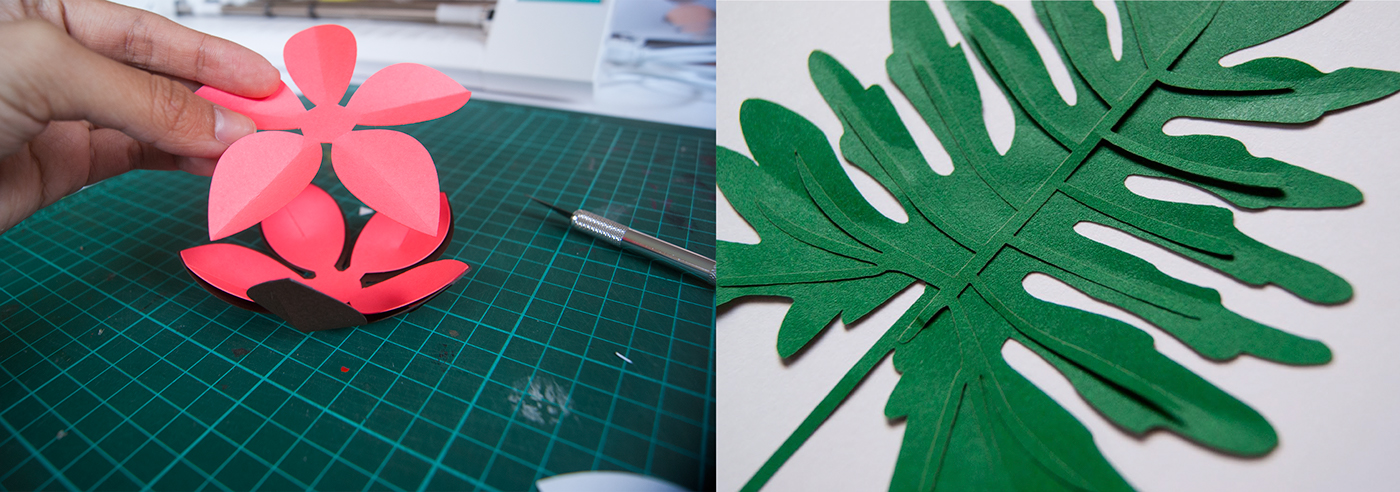
Protium sagotianum fruit in process, Philodendron sp. leave
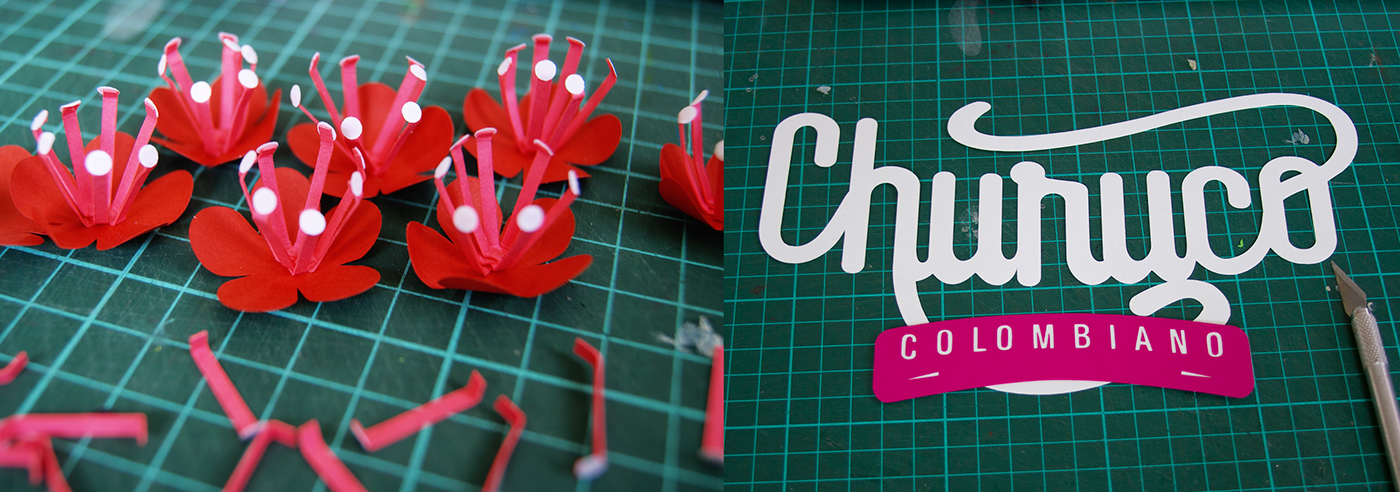
Coccoloba sp. flowers in process. Lettering by Alejandro Peralta
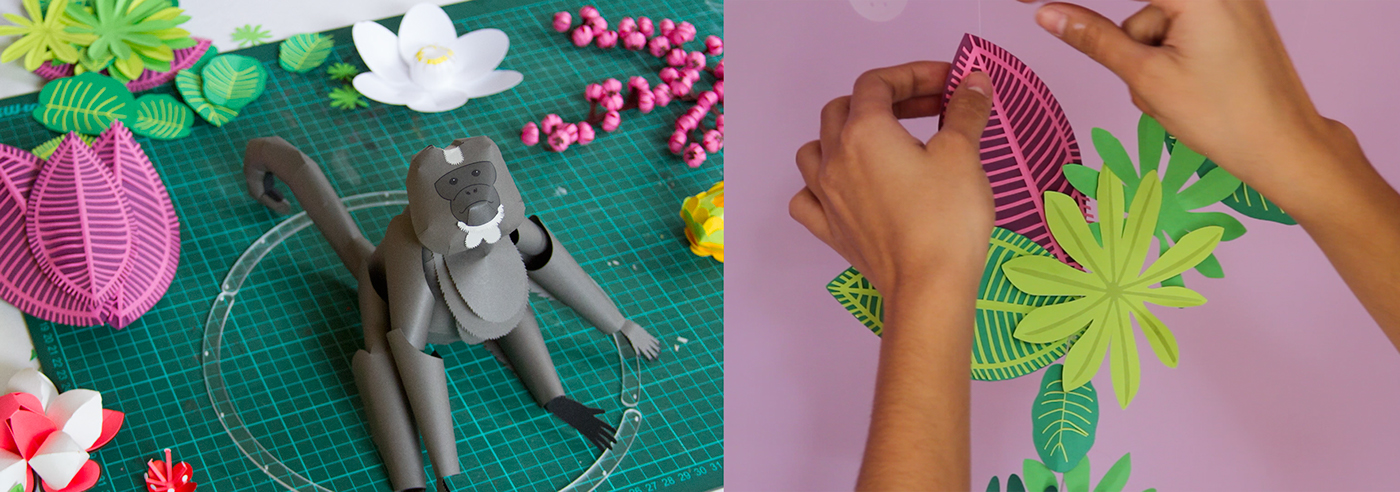

Diorama render

The diorama is a papercut infographic that illustrates the process of seed dispersal by woolly monkeys, as well as some facts about the species. It all reflects a cycle and a complex network.
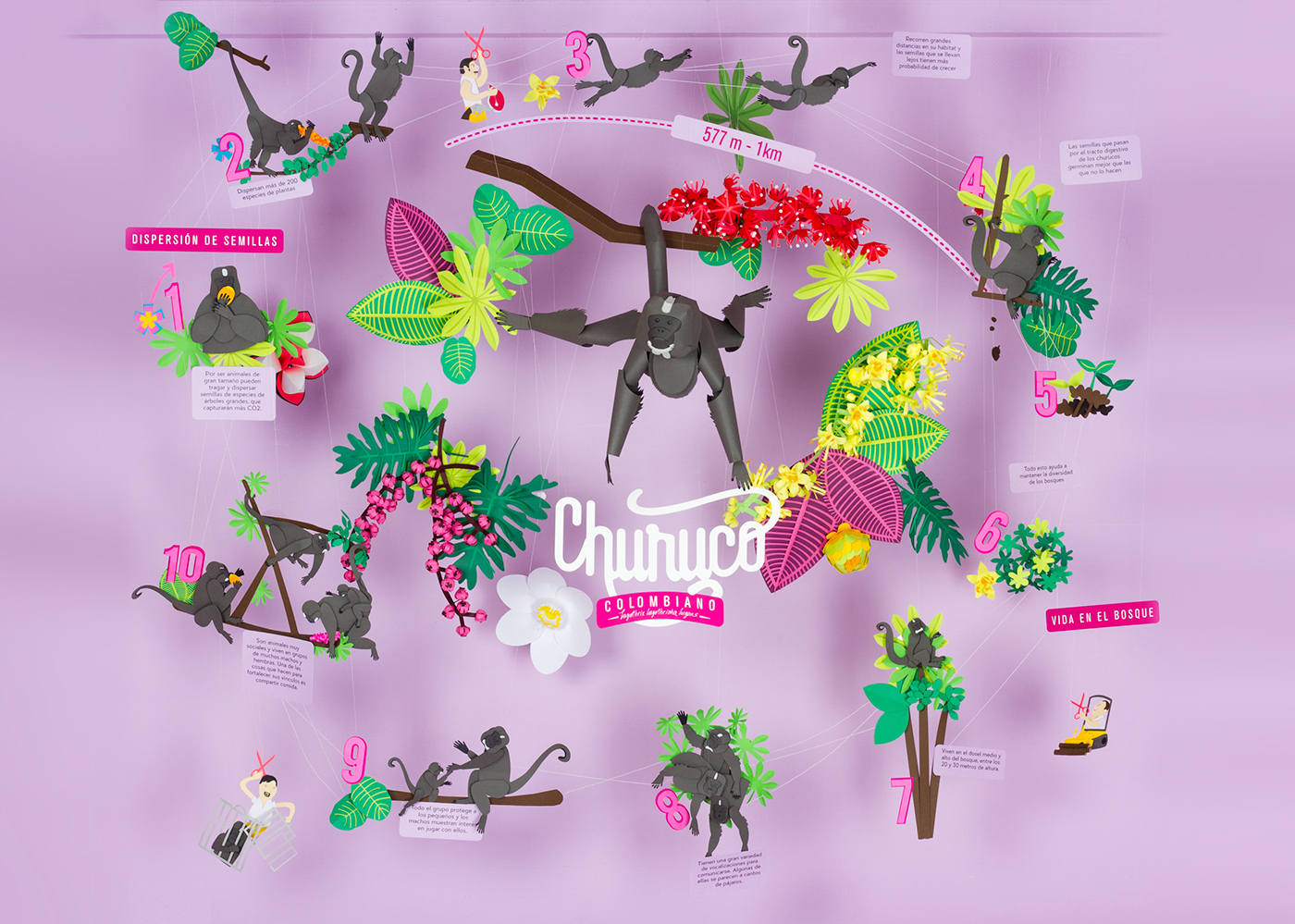

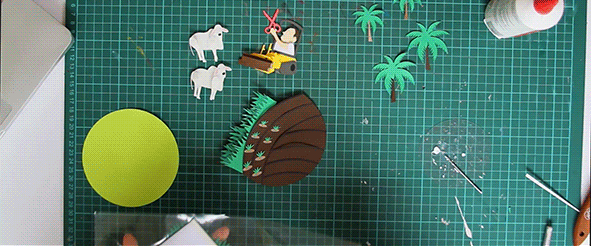
To complement the diorama, and reinforce the conservation message, I designed 4 illustrated posters that speak about the main threats for primates and woolly monkeys; illegal pet trade, deforestation to expand agriculture, and illegal hunting. The last piece spoke about the ecological role of woolly monkeys
